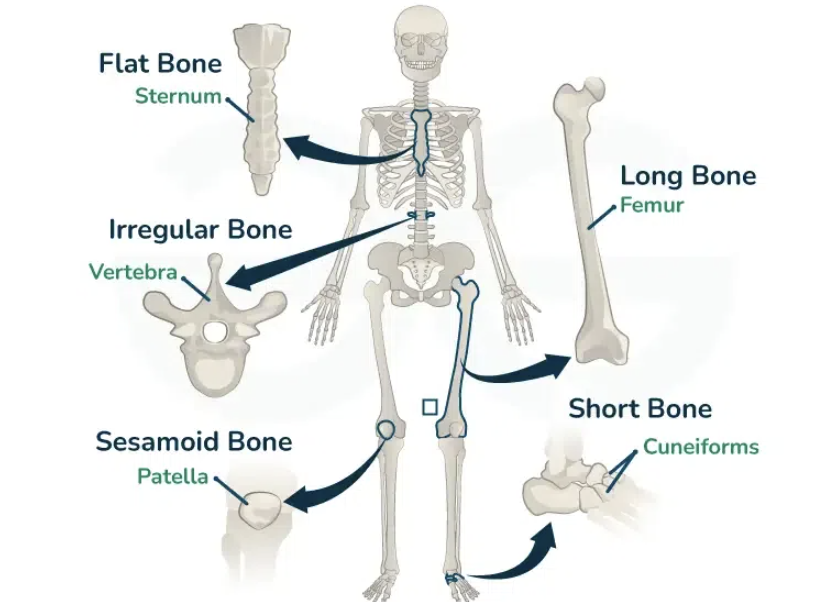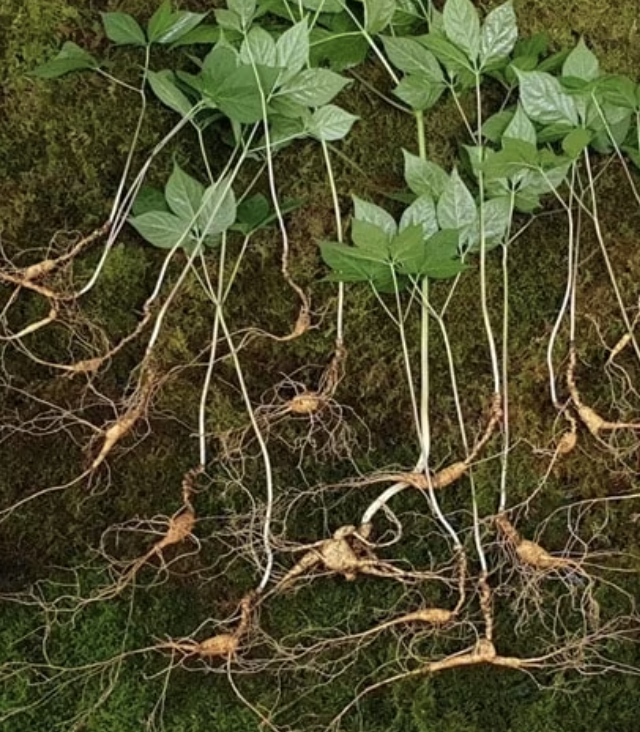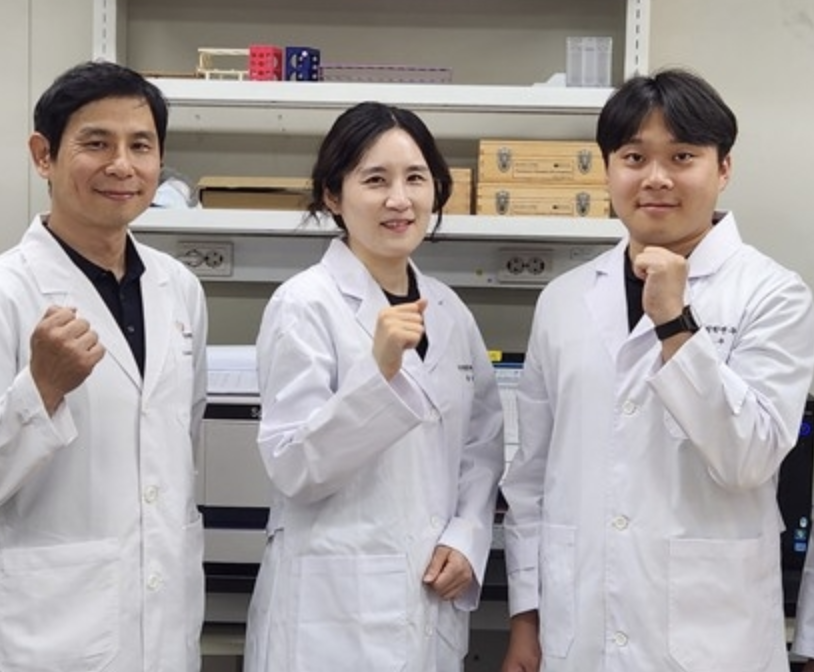Ginseng (Panax ginseng), a staple in traditional East Asian medicine, is now being validated through modern science for its bone‑protecting and joint‑supporting properties. Numerous studies, including those published by MDPI between 2014 and 2024, confirm that ginsenosides—the active saponins in ginseng—exert potent anti‑osteoporotic and anti‑osteoarthritis effects via cellular regulation, inflammation control, and structural protection
👉 Shop Authentic Ginseng Extract with Fast Delivery
1. Anti‑Osteoporosis Mechanisms
A. Stimulating Osteoblast Function
Ginsenosides (Rb1, Rg3, Rh1, Rg5) upregulate osteoblast differentiation markers—ALKP, COL‑1, OCN, Runx2—through signaling pathways such as BMP‑Smad, p38 MAPK, and AMPK, boosting bone formation and mineral density.
B. Inhibiting Osteoclastogenesis
Ginseng compounds, especially Rb1 and Rg3, suppress RANKL‑induced NF‑κB/MAPK pathways, reducing osteoclast differentiation and bone resorption.
C. Clinical Evidence in Humans
A 12‑week randomized, double‑blind, placebo‑controlled clinical trial in postmenopausal women with osteopenia revealed that 3 g/day of ginseng extract significantly:
Increased serum osteocalcin (OC) (bone formation marker)
Lowered urine DPD/OC ratio (resorption vs. formation)
Improved WOMAC scores (joint pain & function)
These outcomes corroborate the expected benefits of ginsenosides like Re and Rd on bone metabolism.
2. Anti‑Osteoarthritis Effects
A. Chondroprotective Action
Ginsenoside Rg1 significantly downregulates MMP‑13, COX‑2, and PGE₂ in IL‑1β–stimulated human chondrocytes and rat models, preserving type II collagen and aggrecan—key cartilage components
B. Anti‑Inflammatory Pathways
Multiple ginsenosides (Rb1, Rg1, Rg5, compound K) inhibit cartilage destruction in vivo by suppressing NF‑κB and MAPK signaling in chondrocytes, lowering inflammation and cartilage breakdown
3. Synergistic Multifaceted Protection
A 2025 MDPI review highlights ginsenosides' ability to modulate osteoblasts, osteoclasts, fibroblasts, and chondrocytes, offering protection in bone, periodontal, and cartilage tissues. Their multi-target effects include:
Enhanced bone formation
Suppressed bone resorption
Preserved cartilage integrity
Anti-inflammatory and antioxidant actions
This synergy makes ginseng an attractive natural therapeutic for multiple bone-related conditions.
4. Safety & Recommendations for Long-Term Use
Ginseng extract (standardized, water-based from 4-year roots) was well tolerated in human subjects, with no adverse effects at 3 g/day over 12 weeks.
Animal studies confirm safety and long-term efficacy in bone and joint models.
Modern supplements offer enhanced bioavailability (e.g., fermented extracts high in compound K) for sustained health effects.
Natural Bone & Joint Protection with Ginseng: Anti‑Osteoporosis & Anti‑Osteoarthritis Evidence
Introduction:
Introduce the burden of osteoporosis and osteoarthritis, and present ginseng as a scientifically validated herbal solution supported by MDPI studies.
Section 1: Building Stronger Bones
Detail cellular mechanisms: osteoblast activation, osteoclast inhibition, clinical improvements in bone markers and pain/function scores.
Section 2: Protecting Cartilage & Joints
Explain chondroprotective effects, cartilage preservation, and inflammation suppression mechanisms.
Section 3: Multi‑Target, Evidence‑Backed Action
Describe the synergy of ginsenosides in regulating multiple skeletal tissues, supported by MDPI reviews.
Section 4: Long‑Term Use, Dosage & Safety
Recommend effective, well-tolerated dosing, and the importance of standardized extracts with third-party verification.
Conclusion:
Confirm ginseng as a safe, effective daily supplement for ongoing bone and joint health; encourage consultation with healthcare providers.
#ginseng #osteoporosis #osteoarthritis #bonehealth #jointcare









